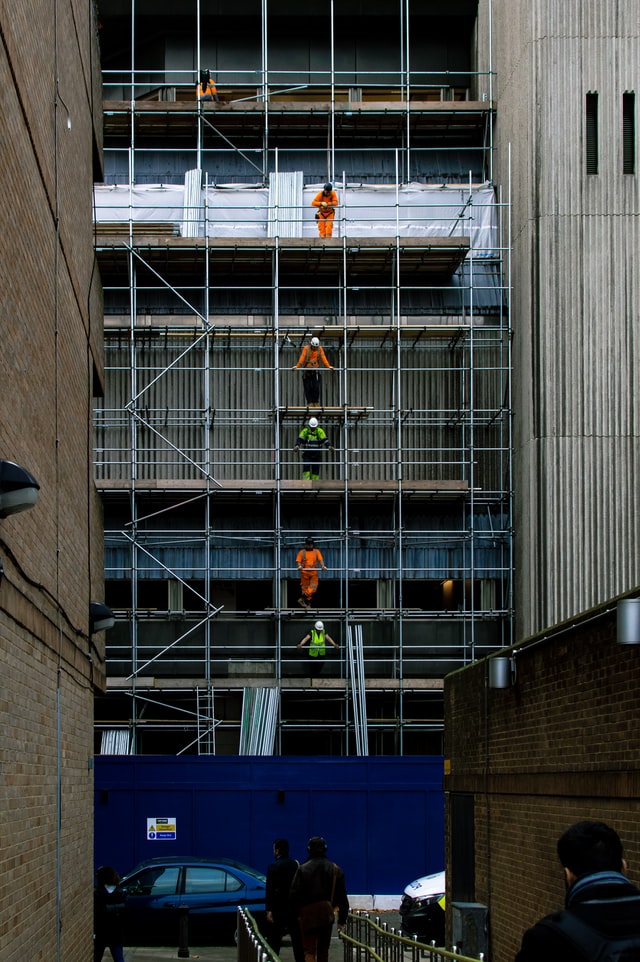Working at Heights – Site-Specific Training
Working at Heights—Site-specific Training
Explain dangers
Falling from heights continues to be a leading cause of injuries and fatalities in the construction industry. Despite the introduction of standardized working at heights (WAH) training, too many workers are dying from fall-related injuries.
The WAH training standard recognizes that classroom-based WAH training is only the first step. Knowing the specific fall hazards at the
worksite and putting controls in place to prevent these hazards is the key to staying safe and decreasing the number of fall-related incidents.
This requires site-specific WAH training and written proof by the employer that it has been done.
Identify controls
The employer must ensure that a worker who may use a fall protection system:
• Be trained in its use
• Be given oral and written instructions by a competent person
• Have met the WAH training requirements.
– O. Reg. 213/91, s. 26.2
This means that everyone who works at heights on a construction project must have approved WAH classroom-based training. But they also
must be made aware of the site-specific fall hazards they may encounter. This includes getting instruction on the equipment they will be using.
If a Ministry of Labour (MOL) inspector shows up on the site and requests proof of WAH training in writing, you must produce it. However, the inspector may also ask what instruction and information you received on the site.
If you’ve received site-specific WAH training, you should be able to answer yes to the following questions:
Has a hazard assessment been done?
This will show you where the hazards are and where fall protection is required. Even better, each site should have a fall protection work plan
(FPWP). It’s important that everyone understands and follows the work plan.
Have controls been put in place to eliminate or reduce the likelihood of a fall?
The solutions to any fall-related hazards found during the hazard assessment should be included in your FPWP. Solutions could include
eliminating the hazard by putting up guardrails or controlling the hazard by finding appropriate anchor locations and figuring out what type of fall protection equipment is needed.
Has a fall rescue plan been developed?
Before workers use a fall arrest system on a project, the employer is legally required to develop written procedures for rescuing someone
whose fall has been arrested. Having a good rescue plan in place and making sure everyone knows what to do in case of an emergency can
save a life.
Demonstrate
With your crew, review the site-specific fall hazards and the controls that were put in place.
Make sure everyone understands when fall protection is required and what equipment needs to be used.
Review the site’s fall rescue plan and fall protection work plan. Make sure they’re posted in a conspicuous place at the project and show your
crew where they’re located.
NOTE: If your company doesn’t have a fall rescue plan or fall protection work plan, visit the Fall Prevention and Working at Heights topic page at ihsa.ca and download templates you can use to develop them.
For more information, visit the website.

